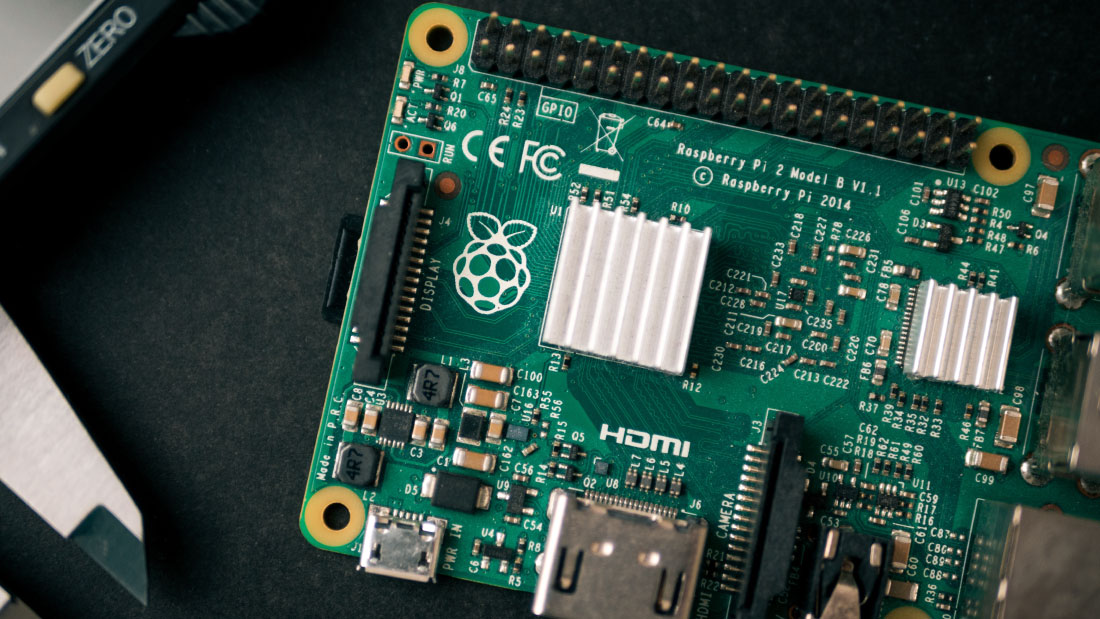
Prototyping an electronic board
Arduino, Raspberry Pi, even BeagleBoard: many prototyping boards from the world of “makers” and the “Do It Yourself” culture are increasingly used to rapidly prototype industrial products. Proceeding in this way offers many advantages, but also some disadvantages that must be taken into account when choosing the board. Philippe Bourgault, the ELSYS Design technical director, shares his thoughts with us.
Definitions Arduino and Raspberry Pi
To begin, let’s quickly introduce the different prototyping platforms we’ll talk about.
Arduino definition
Arduino is a brand of several open-source electronic boards incorporating a microcontroller. For example, the first Arduino Uno board is based on an 8bits AVR microcontroller. The Arduino Due has been designed around a Cortex-M3 ARM architecture.
Raspberry Pi definition
The Raspberry Pi is a nanocomputer, the size of a credit card, designed to encourage learning of computer programming. On it, you can run a Linux OS and compatible software.
Note that in addition to the Arduino and Raspberry Pi, there are other interesting platforms for prototyping, such as the BeagleBoard, which is also a mini-computer with a single electronic board based on a Texas Instruments AM335x. It also makes it possible to run a Linux.
Advantages of Arduino and Raspberry Pi platforms: a rich electronic and software ecosystem
Arduino / Raspberry Pi ecosystems have common advantages.
Design hardware architectures quickly and inexpensively
First of all, these two ecosystems make it possible to build quickly and inexpensively a hardware architecture by assembling a motherboard with shields (daughter boards) and breakout boards (modules). We can thus add sensors, video inputs, GPS or communication modules dedicated to the IoT (LoRa, Sigfox etc.). In addition, it is often possible to do this without designing any PCB or even realize the least welding. Finally, there are plastic and aluminum housings to encapsulate the prototype.
An active software community
Programming on the hardware platform is facilitated thanks to the large community of enthusiasts who share codes and experiences for free.
Thus, this simplicity makes it possible to quickly demonstrate a product concept and its functionalities via a demonstrator designed in record time. This is done for example by start-uppers; it also encourages companies with no electronic skills to propose products based on these platforms.
Disadvantages of Arduino and Raspberry Pi platforms
As you move from the demonstrator stage to the product, two major problems arise.
Mandatory requirements related to CE marking
Before placing a product on the market, it must meet a number of requirements related to the European Conformity (CE) marking; this is mainly about electrical safety and electromagnetic compatibility (EMC).
EMC refers to conducted and radiated emissions and susceptibility/immunity to radiated and conducted disturbances. Put simply, we want to ensure that the new product will not disturb others or be disturbed by its environment. For example, we will ensure that the electronic board will not reboot if you make a phone call nearby with a smartphone.
Requirements for the conditions of use of the product
The prototype often mounted on a desk did not necessarily take into account all the requirements related to its end use. These include temperature, humidity, sealing, resistance to impact, falls, vibration, pressure, etc.
For example, if the final product is used in a train operating under continental climate geography, the extended temperature range (-20 ° C / + 60 ° C) can result in a high failure rate.
Thus, what was very fast and inexpensive to prototype, becomes slower and above all more expensive to industrialize to make a product. Qualification tests, for example in an EMC laboratory, can even demonstrate that the Arduino or Raspberry PI-based platform is not suitable. It is then necessary to redesign a complete board.
Prototyping with Arduino and Raspberry Pi platforms: conclusion
To conclude, none of these two disadvantages is unacceptable, they do not question the benefits of Arduino or Raspberry Pi platforms. However, we must be aware of these constraints and take them into account in the prototyping phase.
Are you looking for a partner to assist you in the prototyping of your industrial product? Let’s discuss together!